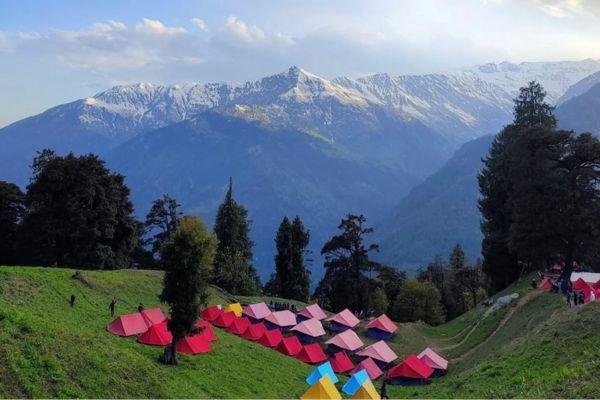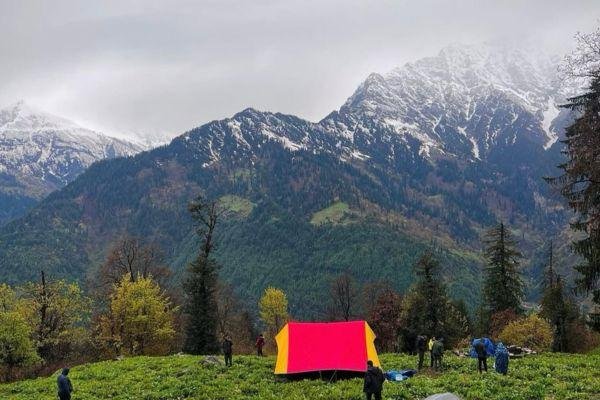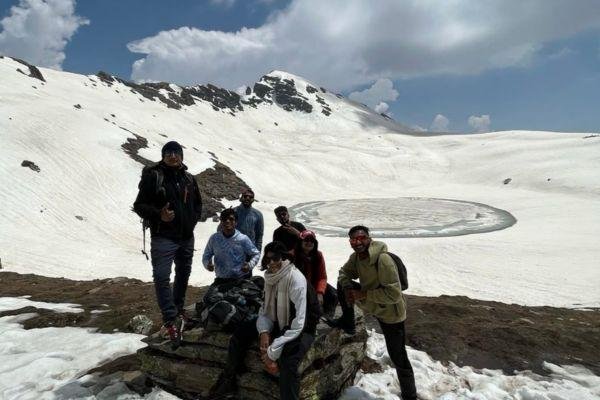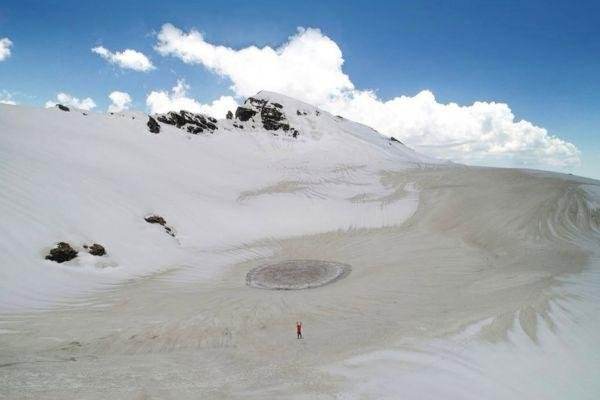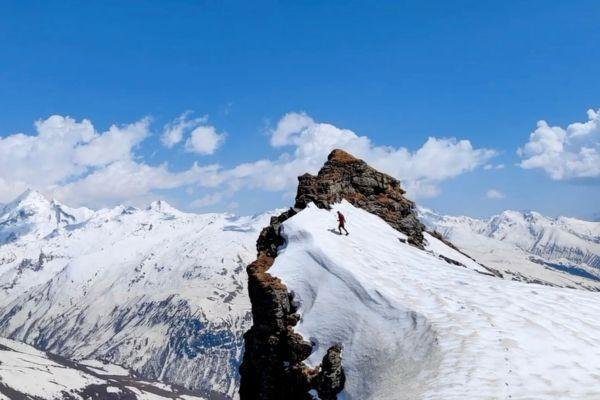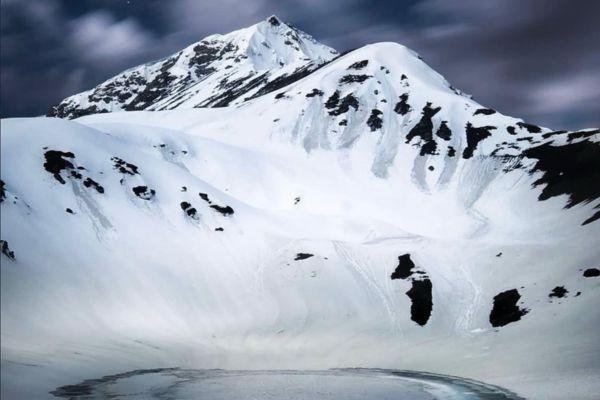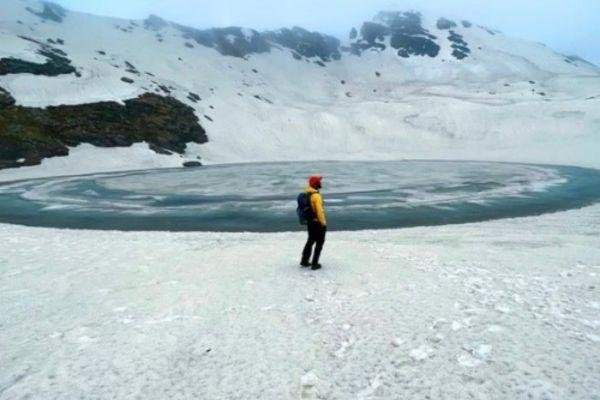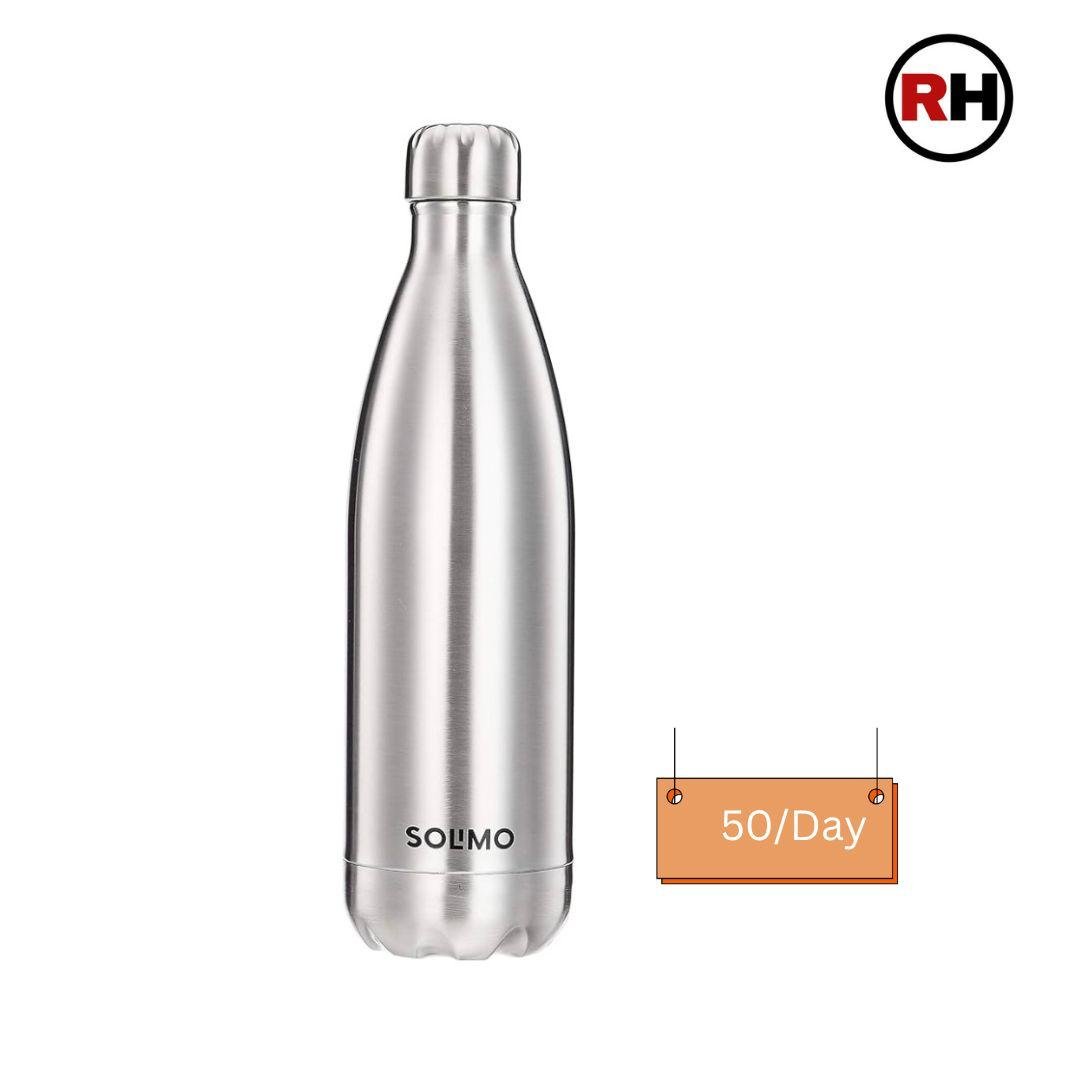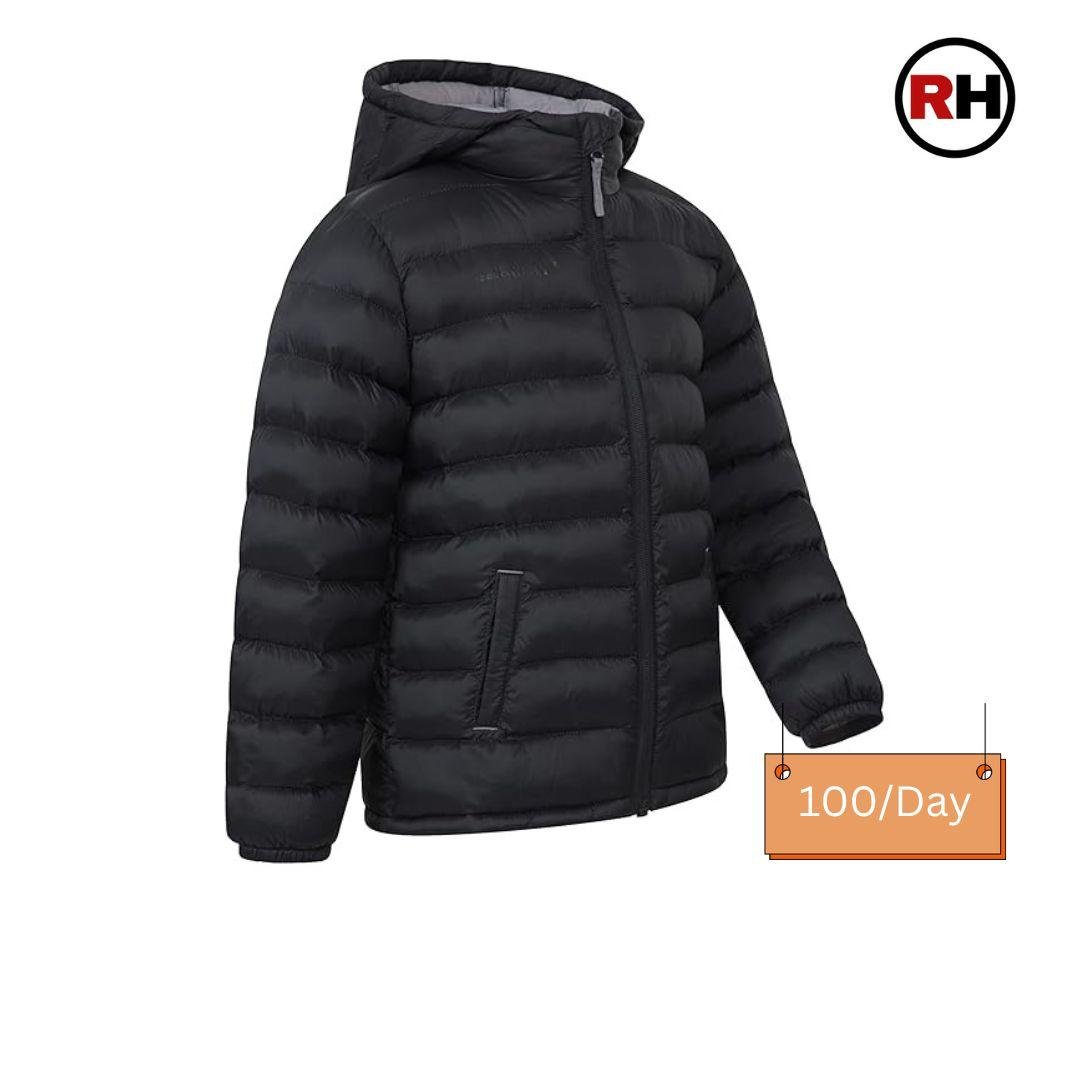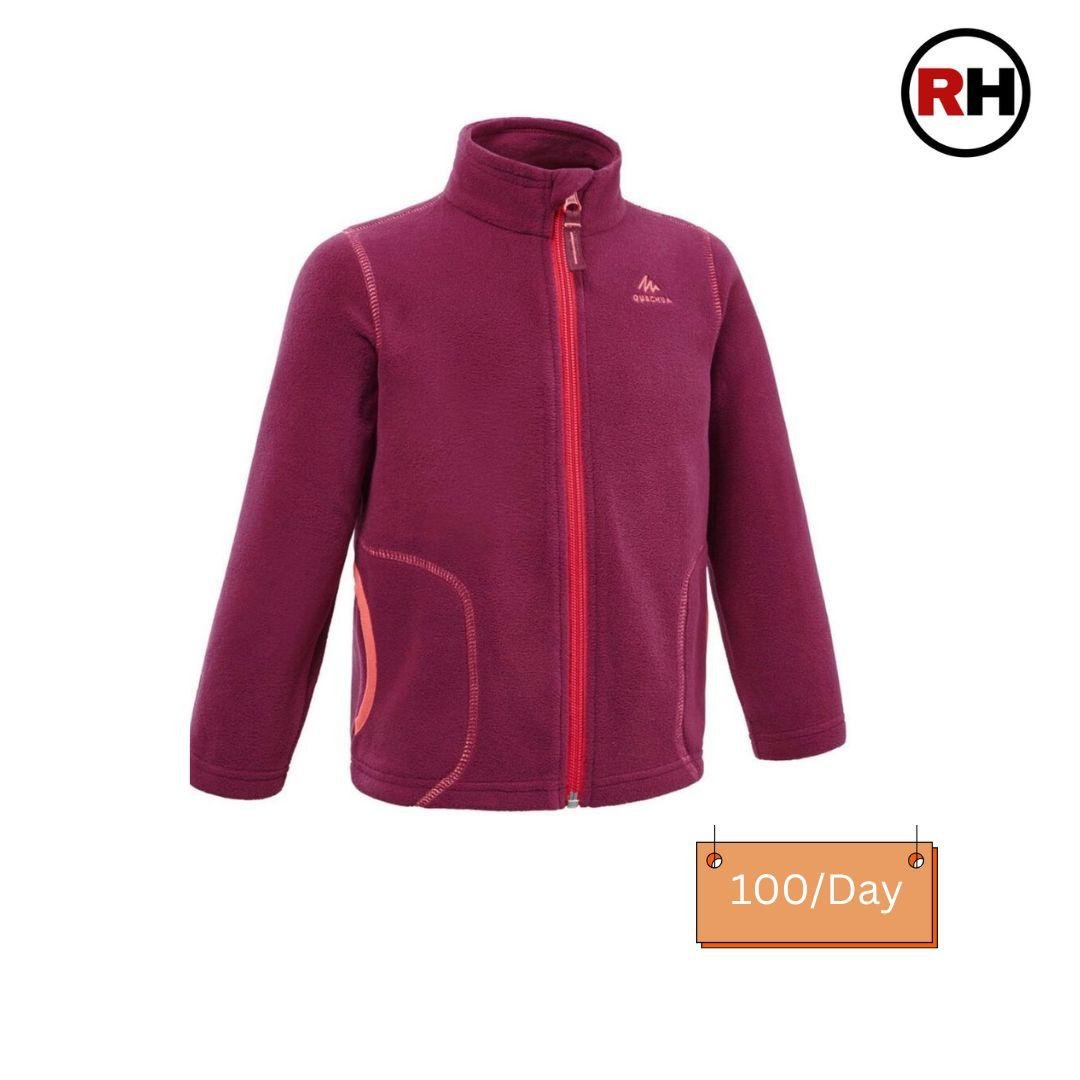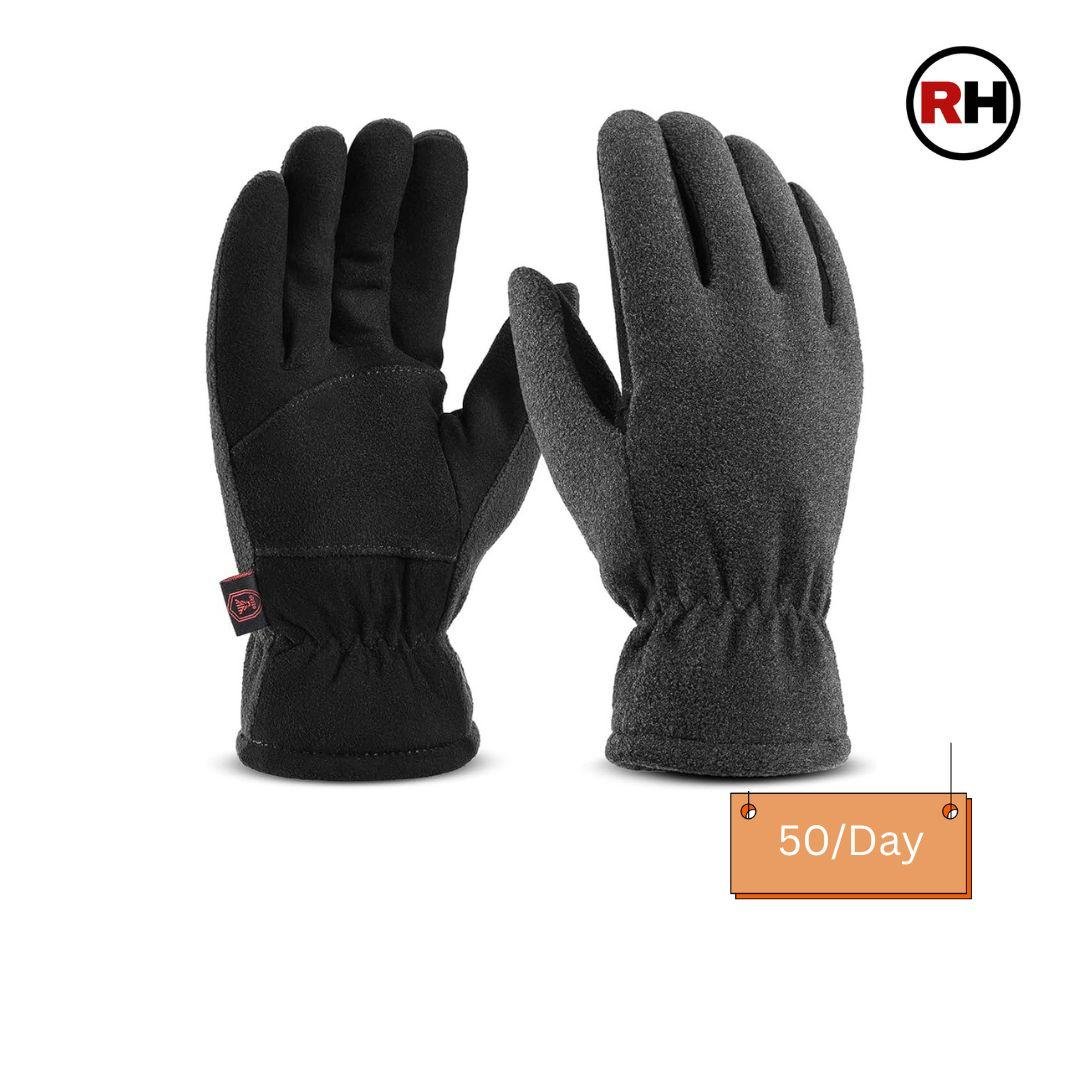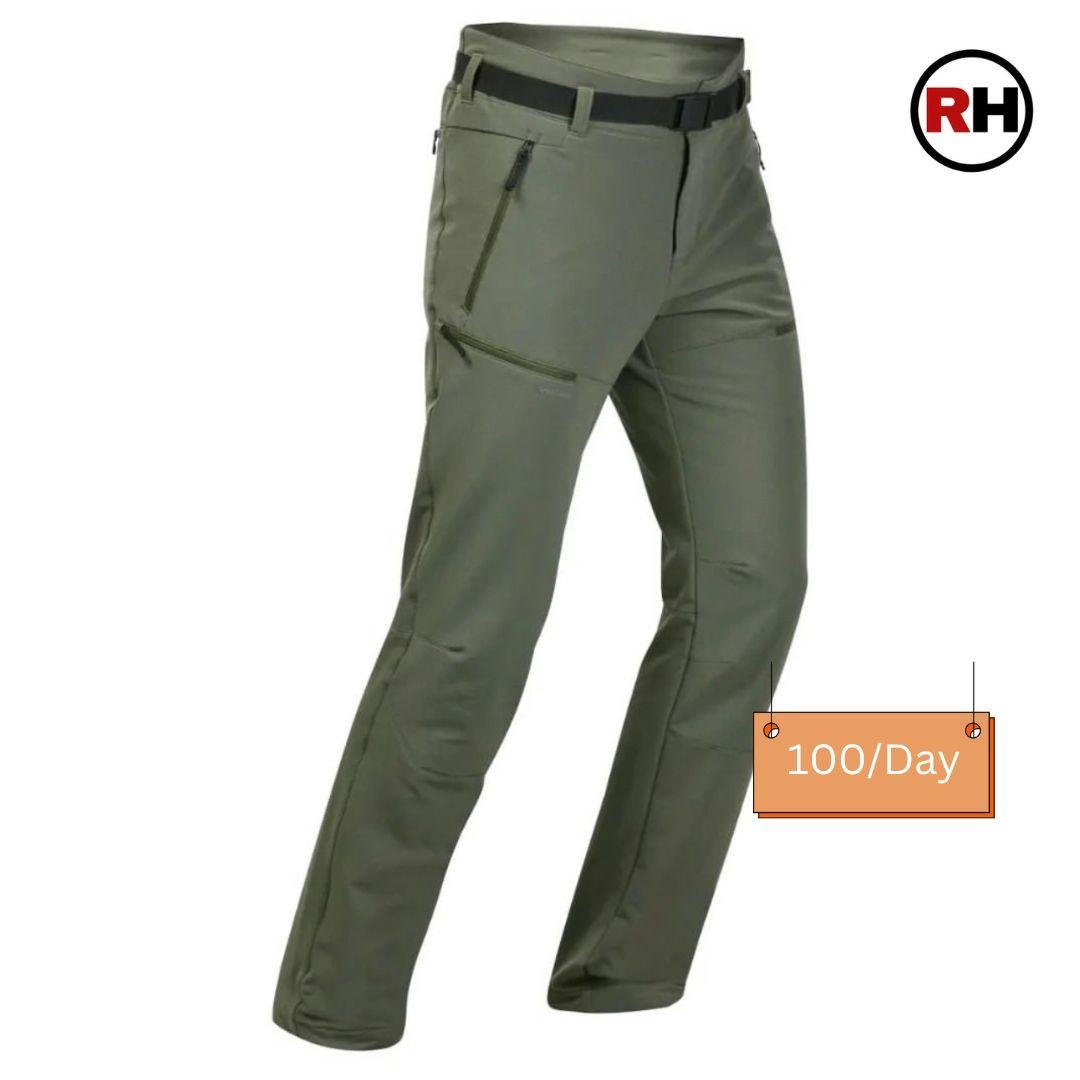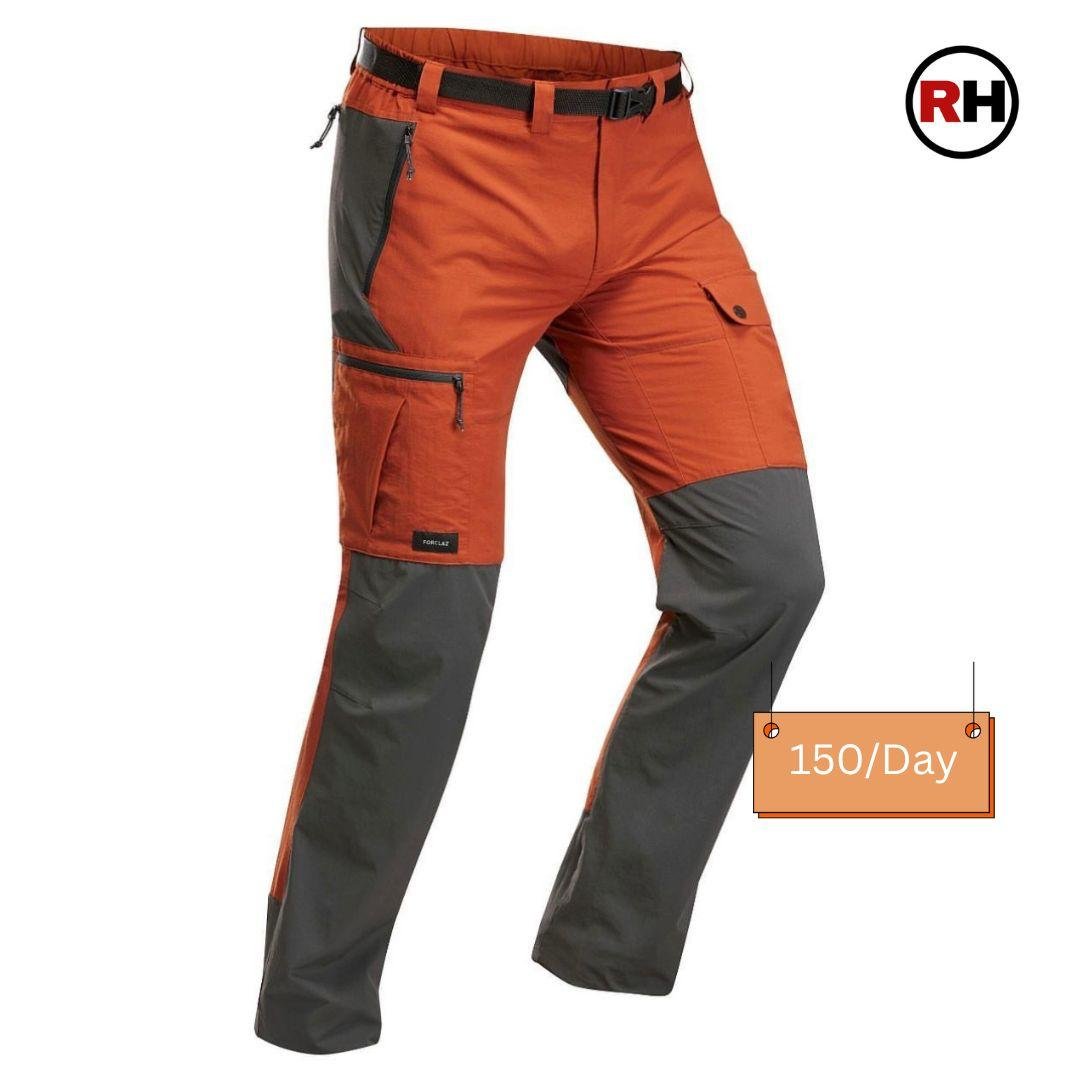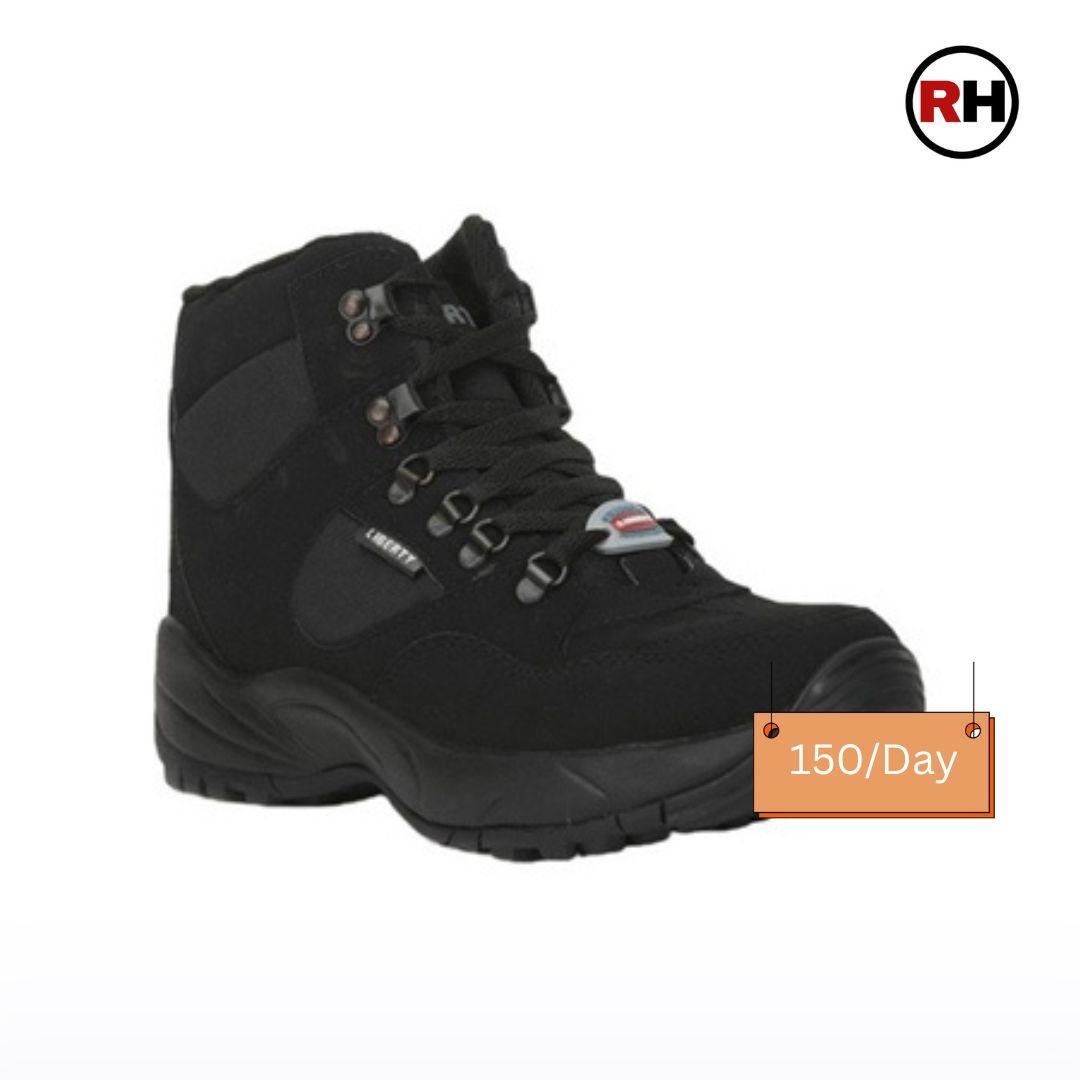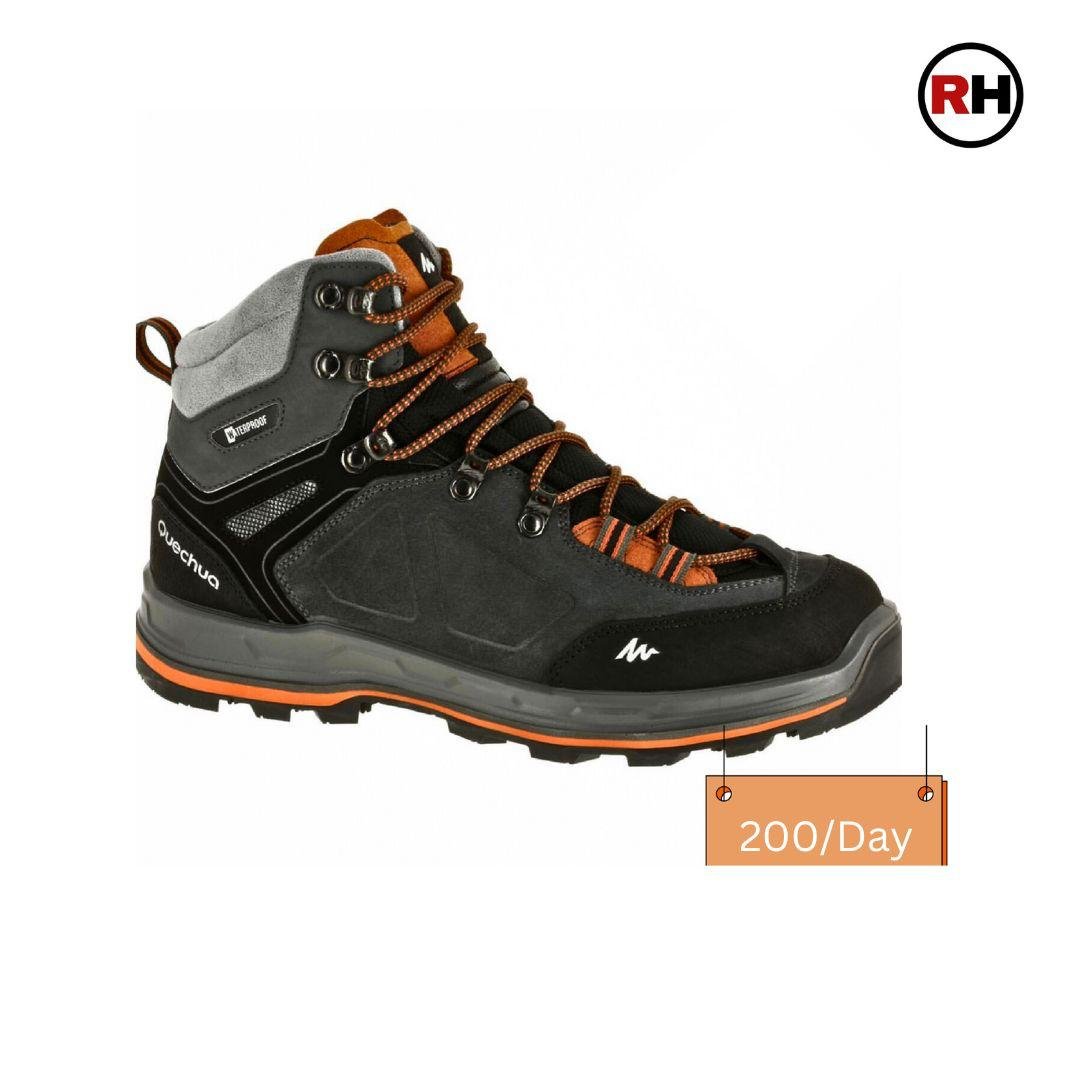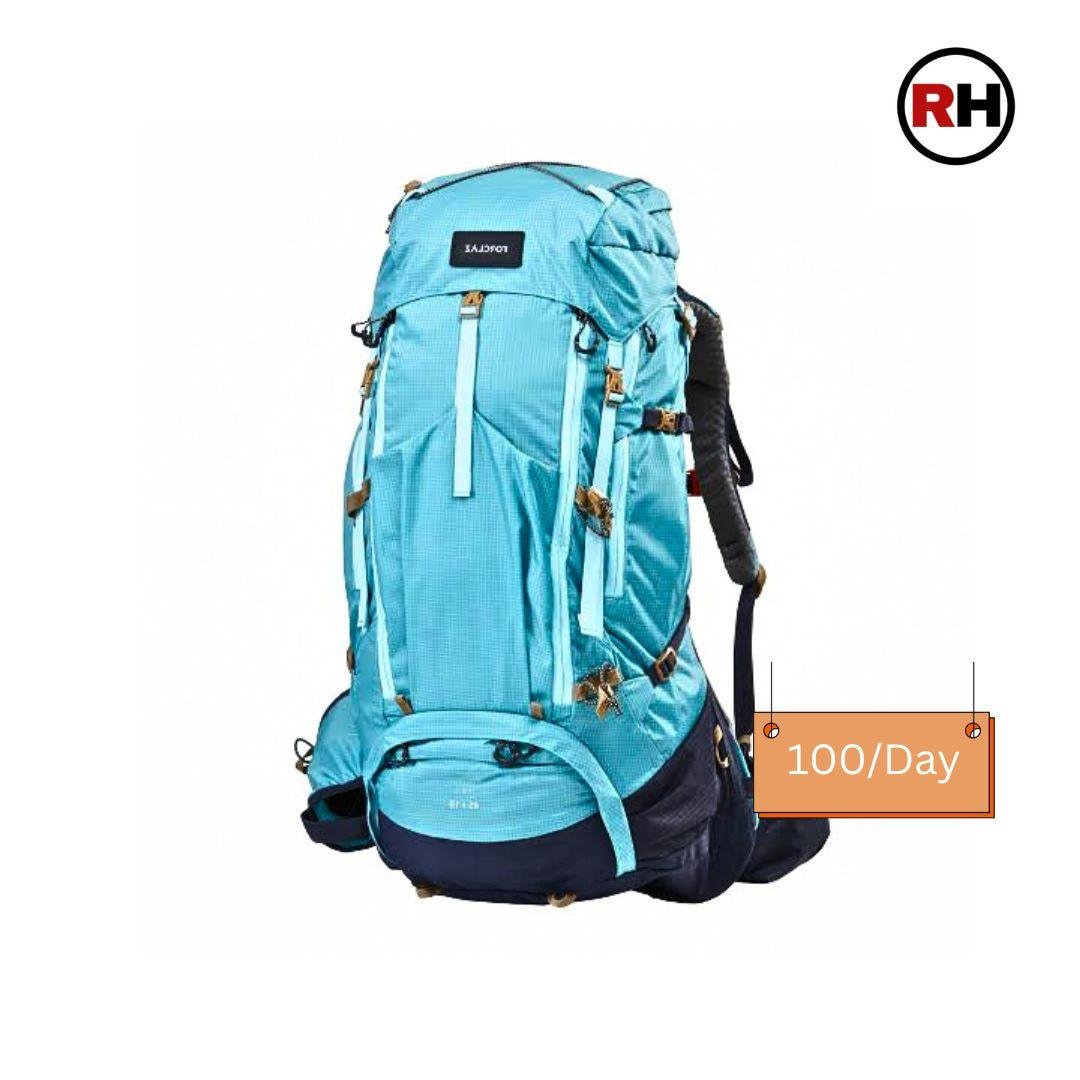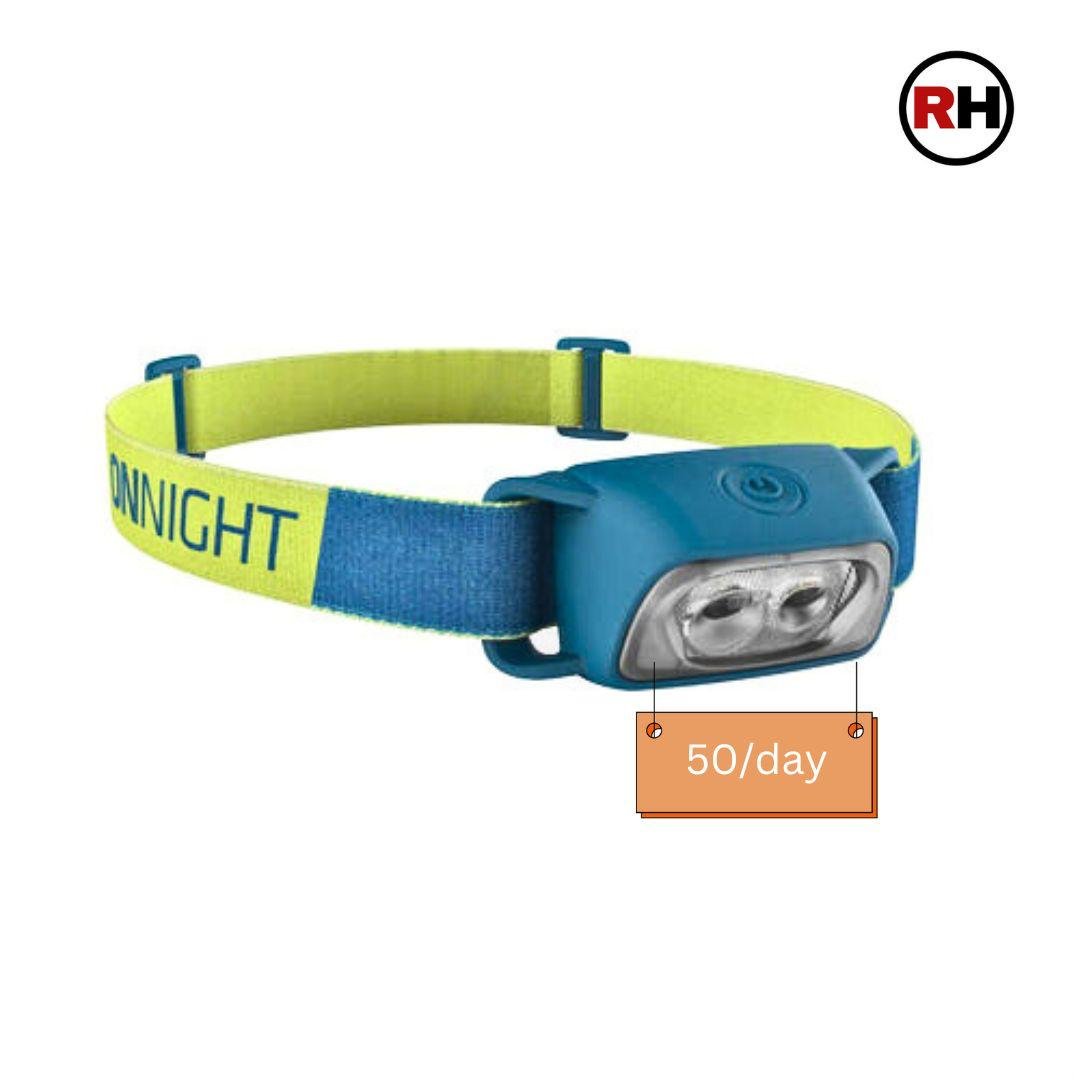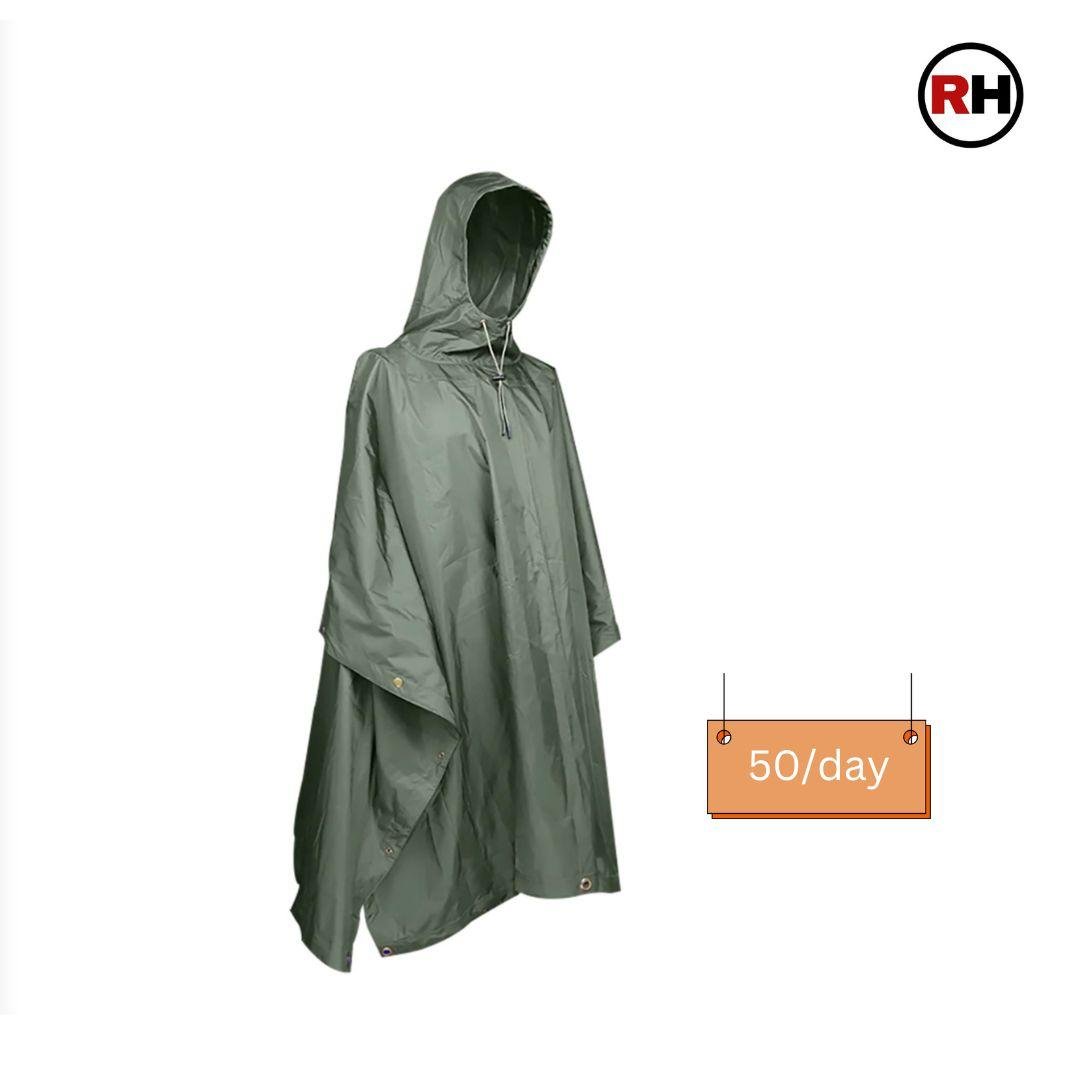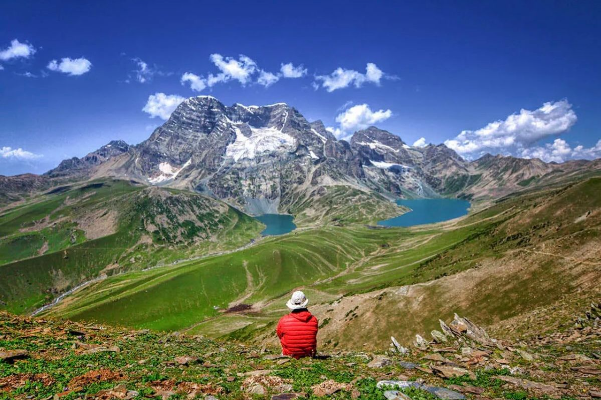Bhrigu Lake Trek
the Bhrigu Lake Trek is perfect for first-time trekkers or those looking for a short, scenic Himalayan adventure
Trek Grade
Easy-Moderate
Highest Altitute
14,000 ft/4267 m
Best Season
Jun-Aug
Trek Duration
2 Night | 3 Days
Trekking Km
10 Km
Stays
camp
transport
Manali-Manali
trek region
Himanchal
Base camp
Manali
Meals
veg meal/egg
Trek Grade
Easy to Moderate
Highest Altitute
14,000 ft/4267 m
Trek Duration
2Night | 3 Days
Base camp
Manali
Meals
veg meal/egg
Stays
camp
transport
Manali
trek region
Himanchal
Trekking Km
10 Km
Trek Grade
Easy to Moderate
Highest Altitute
15,000 feet
Base camp
Rishikesh
Trek Duration
3D | 2N
Stays
Meals
transport
activities
How to Reach
Trek Grade
Trek Grade
Trek Grade
Trek Grade
Trek Grade
Bhrigu Lake Trek Overview
The Bhrigu Lake Trek is a stunning high-altitude trek located near Manali in Himachal Pradesh, India. It is well-known for its breathtaking alpine meadows, panoramic views of snow-capped Himalayan peaks, and the sacred glacial lake—Bhrigu Lake—which sits at an elevation of approximately 14,100 feet (4,300 meters). The lake holds great mythological and spiritual significance, as it’s believed that the sage Maharishi Bhrigu meditated there, and many locals claim the lake never freezes completely due to its holiness.
This trek is a favorite among beginners and nature lovers because it offers high-altitude experience over just 3 to 4 days, with a relatively moderate level of difficulty and minimal acclimatization challenges.
The most popular starting point is Gulaba, around 20 km from Manali. From there, trekkers ascend through enchanting forests and vast meadows that open up to magnificent views of the Dhauladhar, Pir Panjal, and Great Himalayan Ranges. One of the most unique aspects of this trek is that the lush alpine meadows appear right from day one—something usually seen only on longer Himalayan treks. The route typically includes a drive to Gulaba, followed by trekking to a campsite on the first day, a hike to the lake and back on the second day, and a descent to Gulaba on the final day.
The best time to do the Bhrigu Lake Trek is from mid-May to October, although it’s wise to avoid the peak monsoon months due to slippery trails and unpredictable weather. Overall, the Bhrigu Lake Trek is perfect for first-time trekkers or those looking for a short, scenic Himalayan adventure that combines natural beauty, cultural mythology, and a sense of solitude away from busy trails.
Bhrigu Lake Trek Key Highlights
On this trek, you would be enthralled by the number of sights and places that come along the way. Some of those key highlights are mentioned below:
Bhrigu Lake – The Sacred Glacial Lake
- The main highlight of the trek is the beautiful Bhrigu Lake, located at around 14,100 feet. This high-altitude lake is steeped in mythology—it’s believed that Maharishi Bhrigu, a revered sage, meditated here. Locals consider the lake sacred, and it is said that it never completely freezes, even in winter. Depending on the season, the lake changes color—from icy white to deep blue and even emerald green.
Vast Alpine Meadows from Day One
- Unlike most Himalayan treks where meadows appear after days of hiking, on the Bhrigu Lake Trek you walk through lush green meadows right from Day 1. These rolling grasslands are dotted with wildflowers in summer and offer stunning open views, making the experience feel almost like a dream.
Panoramic Himalayan Views
- The trek provides breathtaking views of the Dhauladhar, Pir Panjal, and Great Himalayan Ranges. On clear days, you can spot famous peaks like Hanuman Tibba, Deo Tibba, and Indrasan, as well as the Rohtang Pass in the distance.
Spiritual and Cultural Significance
- The lake holds deep religious value for the locals. Many believe that taking a dip in the cold waters of Bhrigu Lake cleanses one’s soul. The trail itself has a sacred feel, surrounded by legends and traditional beliefs passed down through generations.
Ideal for Beginners and Short Treks
- The Bhrigu trek is considered easy to moderate and is perfect for first-time trekkers who want a taste of the Himalayas without committing to a long expedition. It typically takes just 3 to 4 days, yet offers all the classic elements of a Himalayan trek: forests, meadows, high-altitude lake, and mountain views.
Photogenic Landscapes
- From snow patches in summer to rolling green meadows, the trek is incredibly photogenic. The combination of scenic campsites, dramatic skies, and panoramic backdrops makes it a favorite among nature photographers.
Bhrigu Lake Trek Itinerary
Day 1 Arrival Day - Manali to Roli Kholi
( 6-7 km Trek, 4-5 hrs approx)
Arrival Day - Manali to Roli Kholi
( 6-7 km Trek, 4-5 hrs approx)- Stay : Overnight stay in Home stay at Roli Kholi
- Meal : Tea snacks, Dinner.
- Altitude : Roli kholi (12,500 ft).
- Distance : By trek 6-7 km.
- Time Taken : By trek 4-5 hrs approx.
- Trek Grade : moderate
Today, we have to reach Manali by 8:00 AM and report at the starting point. After that, we will drive by road towards Gulaba. Once we reach Gulaba, we will begin our trek towards Roli Kholi. The trek offers scenic views of the surrounding mountains and valleys, making it a refreshing and adventurous experience. After reaching Roli Kholi, we will settle down and stay overnight in tents amidst nature. In the evening, we will enjoy a delicious dinner under the stars, relaxing after a day full of travel and trekking.
Day 2 Roli Kholi to Bhrigu lake and back to Roli Kholi
( 10 km Trek, 6-7 hrs approx)
Roli Kholi to Bhrigu lake and back to Roli Kholi
( 10 km Trek, 6-7 hrs approx)- Stay: Overnight stay in Tents at Roli Kholi
- Meal: breakfast, packed lunch, evening tea snacks, soup and dinner.
- Altitude: Bhrigu lake (13,700 ft).
- Distance: By trek 10 km.
- Time Taken: By trek 6-7 hrs approx.
- Trek Grade: Gradual
After spending the night at Roli Kholi, the next day starts early with a trek to Bhrigu Lake, one of the most beautiful high-altitude lakes in Himachal Pradesh, located at an elevation of around 13,700 ft. The trail from Roli Kholi to Bhrigu Lake is moderately challenging. It’s a steady uphill climb through alpine meadows, also known as Bugyals, with stunning panoramic views of the surrounding Himalayan ranges.
On a clear day, you can spot peaks like Hanuman Tibba, Deo Tibba, and the Seven Sisters. The meadows are often filled with wildflowers in the summer months, and sometimes you may even encounter patches of snow near the lake, even in summer.
Bhrigu Lake itself is a serene, oval-shaped lake surrounded by snow-capped peaks. It is considered sacred in local legends and is believed to never completely freeze, even in the coldest months. The peaceful atmosphere and stunning landscape make it a perfect spot to rest and soak in the beauty.
After spending some time at the lake—taking photos, relaxing, or having a packed lunch—you will begin your descent back to Roli Kholi, which usually takes about 2 to 3 hours. The downhill trek is easier on the legs but requires attention, especially in rocky or slippery areas.
Once back at Roli Kholi, you can relax for the evening, enjoy a hot meal, and rest in tents.
Day 3 Roli Kholi to Gulaba and back to Manali
( 7 km Trek, 5-6 hrs approx)
Roli Kholi to Gulaba and back to Manali
( 7 km Trek, 5-6 hrs approx)- Meal: Breakfast
- Distance: By trek 7 km.
- Time Taken: By trek 5-6 hrs approx.
- Trek Grade: Gradual
On the final day of our Bhrigu lake trek, we will wake up early in the morning to the peaceful sounds of nature and breathtaking views all around. With the fresh mountain air and a beautiful sunrise as our backdrop, we’ll enjoy a warm and hearty breakfast at the campsite in Roli Kholi. It’s the perfect way to start the last leg of our journey.
After packing up and taking a few final photos to capture the memories, we’ll begin our descent back towards Gulaba. The trail down offers us one last chance to admire the scenic beauty of the Himalayas—lush meadows, distant peaks, and the calmness of the trail that we’ve come to love over the past days.
Once we reach Gulaba, our trek officially comes to an end. From there, we’ll drive back to Manali, carrying with us not just backpacks but a heart full of unforgettable moments.
This trek has been more than just a physical journey—it’s been an experience that brought us closer to nature, challenged us, and gave us memories to cherish for a lifetime. It’s one of those adventures that we’ll always look back on with a smile and consider as one of the most rewarding experiences of our lives.
- Stay is included on all days of the trek.You will be staying in tents on a triple/Quad sharing basis.
- Transport charges from Manali to Manali .
- All meals from dinner on Day 1 to tea/Coffee on Day 3 are included. Meals are simple, nutritious and vegetarian.
- All the trek equipment will be included like a sleeping bag, kitchen & dining tent, utensils, mattress, toilet tent, and crampon (if needed).
- First aid medical kits, oxygen cylinder and stretcher.
- All fuel charges, toll taxes and needed forest entry fees along with permits.
- Mountaineering qualified and professional trek leader, guide, cook and support staff.
- GST 5% (it is Mandatory)
- Any Meals/accommodation beside the itinerary or not mentioned in the program.
- Any Bus / Airfare to/from trek start/end point
- Personal Medical expenses do carry your medication.
- Any services of pony/horses and potter it will be an additional cost
- Any emergency evacuation charges
- Any services that are not mentioned in the cost inclusion section.
Best time to do The Bhrigu Lake Trek
May to June (Early Summer)
- If you want to see snow and possibly a frozen lake, then late May to mid-June is perfect. The higher parts of the trail still have snow, which adds a magical touch to the trek. The weather is cold but manageable, and the views are stunning with snow-capped peaks all around.
July to August (Monsoon)
- During the monsoon months, the trail becomes incredibly green and full of life. Meadows are blooming with wildflowers, and the bhrigu lake is clear and peaceful. However, there’s also a chance of rain, so the trail can get slippery. If you’re okay with a little rain, this is a beautiful and colorful time to go.
September to October (Post-Monsoon )
- This is considered the most ideal time. The skies are clear, the weather is stable, and the trail is dry. You’ll get the best mountain views during this period. The meadows turn golden, and the overall atmosphere is calm and peaceful. It’s also less crowded compared to peak summer.
How to Reach Manali for The Bhrigu Lake Trek?
By Bus:
- If you’re planning to reach Manali by road, there are several convenient bus options available. The Himachal Road Transport Corporation (HRTC) runs regular and reliable bus services from major nearby states like Delhi, Haryana, and Punjab. You can catch overnight Volvo or semi-sleeper buses from places like Delhi’s ISBT Kashmiri Gate, which are popular among travelers heading to the hills. These buses are run by Himachal Tourism (HPTDC), HRTC, or private operators, and they usually drop you at the Manali bus stand early in the morning. The drive offers scenic views of the mountains, rivers, and valleys, especially after you cross Mandi and enter the Kullu Valley. Roads are well-maintained, but during winter or monsoon, weather conditions may affect travel time, so it’s good to check the road status before your trip.
By Train:
- Manali does not have a direct railway station, but you can reach it by taking a train to the nearest stations and then continuing by road. The most commonly used railway station is Chandigarh, which is well connected to major cities like Delhi, Mumbai, and Kolkata. From Chandigarh, Manali is about 285 kilometers away, and you can take a taxi or a bus, which takes around 8 to 10 hours. Another option is the Joginder Nagar railway station, which is closer (about 145 kilometers from Manali), but it is a narrow-gauge line with limited connectivity, so it’s less commonly used.
Most travelers prefer reaching Chandigarh by train, and then taking a Volvo bus or taxi to Manali for a more comfortable and reliable journey.
By Air:
- To reach Manali by air, the nearest airport is Bhuntar Airport, also known as Kullu-Manali Airport, located about 50 kilometers from Manali. It is a small airport with limited daily flights, mostly connecting from Delhi and occasionally from Chandigarh. From the airport, you can hire a taxi or take a local bus, which takes about 1.5 to 2 hours to reach Manali, depending on the road conditions. Since Bhuntar Airport has limited connectivity and flights can be affected by weather, some travelers prefer flying to Chandigarh Airport or Delhi Airport, which have more frequent flights. From there, they continue the journey to Manali by road, either by Volvo bus, taxi, or self-drive.
Things you must take on the Bhrigu trek
As a trekking, adventure, and travel company, we often receive inquiries from our trekkers, and one of the most frequent questions is about what to pack for The Bhrigu lake trek. Sometimes, it can be challenging to provide detailed explanations, so we’ve compiled a comprehensive packing list that will be beneficial for all trekkers heading to the Himalayas. When preparing for a trek and organizing your gear, it’s helpful to follow a systematic approach. You can start either from head to foot or foot to head, ensuring you cover all essentials and minimize the risk of forgetting important items. So, take it step by step and pack accordingly.
Footwear and Backpack
✅Trekking shoes with ankle support
✅Backpack with rain cover
✅Daypack with rain cover
Warm Layers and Clothing
✅Warm layers (Padded jackets )
✅3 layers for spring, summer, and monsoon treks (1 woolen sweater, 1 fleece, 1 padded jacket)
✅4 layers for autumn treks (1 woolen sweater, 2 fleece, 1 padded jacket)
✅5 layers for winter treks (1 pair of thermals, 1 woolen sweater, 2 fleece, 1 padded jacket)
✅3 Collared T-shirts (Wear one, carry two)
✅2 quick-dry trek pants (Wear one, carry one)
Accessories
✅Sunglasses
✅Sun cap, preferably with flaps
✅Waterproof gloves
✅Balaclava
✅Woolen socks (2-3 pairs od Dry + 1 pair of Woolen))
✅Headlamp
✅Trekking pole
✅Rain Jacket + pants/poncho
Toiletries
✅Suncreen
✅Moisturizer
✅Light towel
✅Lip balm or vaseline
✅Toilet paper (wet wipes are strictly not allowed on our treks)
✅Toothbrush
✅Toothpaste
✅Reusable plastic covers (for used clothes)
✅Trash bags (Carry out all your waste and leave no trace behind)
frequently asked questions
What is the elevation of the Bhrigu Lake trek?
The Bhrigu Lake trek reaches a height of about 4,270 meters (14,000 feet) above sea level. What makes this trek special is that you get to experience a high-altitude alpine lake in just 2–3 days — something that usually takes longer on other treks.
The journey begins from Gulaba (around 2,600 meters), and the trail takes you through beautiful forests and open meadows. Most trekkers camp at Roli Kholi, a scenic spot at about 3,800 meters, before making the final climb to Bhrigu Lake.
The lake itself is calm, clear, and often surrounded by snow, even in summer. The views from the top are breathtaking. Since the altitude is quite high, it’s important to stay hydrated, walk at a steady pace, and give your body time to adjust.
Where is the Bhrigu lake Trek located and what is its route?
The Bhrigu Lake trek is located in the Kullu district of Himachal Pradesh, close to the popular town of Manali. Nestled in the Pir Panjal range of the Himalayas, the Bhrigu lake sits at an altitude of about 4,270 meters (14,000 feet). It is known for its natural beauty, spiritual significance, and the unique experience of reaching a high-altitude alpine lake in just a short 2–3 day trek.
The trek usually begins with a drive from Manali to Gulaba, which is around 2 hours away. From Gulaba, the trail passes through dense forests, lush green meadows, and scenic campsites. The first day of the trek typically ends at Roli Kholi, a peaceful meadow located at around 3,800 meters, where trekkers camp overnight.
On the second day, the trail ascends steeply to Bhrigu Lake, offering breathtaking mountain views along the way. After spending time at the lake, trekkers return to Roli Kholi by evening. The next day, the descent to Gulaba begins, followed by the drive back to Manali. This route offers a perfect mix of adventure, natural beauty, and cultural significance, making it a favorite among trekkers visiting Himachal.
What is the best time to do the Bhrigu Lake Trek?
The best time to do the Bhrigu Lake trek is from mid-May to October, depending on the kind of experience you’re looking for.
From mid-May to June, the trail often still has snow, especially near the lake, which may even be partially frozen. This is a great time if you want to enjoy snow-covered landscapes and cooler weather.
July and August bring the monsoon, which turns the meadows lush green and fills the trail with blooming wildflowers. While the views are beautiful, trekkers should be prepared for occasional rain and slippery paths.
The most ideal time for clear skies and stable weather is from September to early October. During this period, the weather is pleasant, the views are crisp, and the lake is fully visible without snow. The crowds also tend to be fewer, making for a peaceful experience.
After mid-October, temperatures start dropping quickly, and heavy snowfall can block the trail, making the trek unsafe for most people.
So, for snow: go in May–June, for greenery and flowers: July–August, and for the best weather and views: September–early October.
Can we take children on the Bhrigu Lake trek?
Yes, you can take children on the Bhrigu Lake trek, but with some important considerations. This is a moderate to high-altitude trek, reaching up to 4,270 meters (14,000 feet), so it’s not suitable for very young children.
If the child is above 10–12 years old, physically fit, mentally prepared, and has done some trekking or physical activity before, they can usually manage the trek with proper guidance and breaks. It’s important to prepare them in advance, keep the pace slow, and make sure they stay well-hydrated and warm.
Also, since altitude sickness can affect anyone regardless of age, parents should watch for any signs like headache, nausea, or dizziness. It’s recommended to consult a doctor before taking a child on a high-altitude trek like this.
In short, yes — children can go, but only if they’re old enough, fit, and well-prepared for the challenge.
Is the Bhrigu Lake trek safe?
Yes, the Bhrigu Lake trek is generally safe, especially for people with average fitness levels and a basic understanding of trekking. It is considered a moderate-level trek, which means it doesn’t involve technical climbing or dangerous paths, but it does require stamina and preparation due to the high altitude (up to 4,270 meters / 14,000 feet).
The trail is well-marked and commonly used during the trekking season, especially between May and October. Most trekking groups have experienced guides, and first aid support is usually available.
However, since the trek involves high altitude, there is a risk of altitude sickness, especially if you ascend too quickly without proper acclimatization. Weather can also change suddenly in the mountains, so it’s important to be prepared with proper gear and clothing.
Will we get a mobile network on the Bhrigu Lake Trek, and which sim card works there?
Mobile network connectivity on the Bhrigu Lake trek is very limited. You might get a weak or occasional signal at the starting point, like Gulaba, but as you move higher toward Roli Kholi and Bhrigu Lake, there is usually no mobile network at all.
Among all service providers, Jio and BSNL tend to have slightly better coverage in remote and high-altitude areas, but even they are unreliable once you’re deep into the trek. Airtel and Vi (Vodafone Idea) typically lose signal early on.
So, it’s best to inform your family or friends before starting the trek and not depend on mobile connectivity. If you’re going with a trekking group, the guides usually carry a basic communication device or have emergency plans in place.
Bhrigu lake trek package
Manali to Manali
Add ons
Total: ₹
Dates & Availability








Blogs

Kedarkantha Trek
Kedarkantha is a popular trekking destination in the Uttarkashi district of Uttarakhand

Kedarkantha Trek
Kedarkantha is a popular trekking destination in the Uttarkashi district of Uttarakhand

Kedarkantha Trek
Kedarkantha is a popular trekking destination in the Uttarkashi district of Uttarakhand

Kedarkantha Trek
Kedarkantha is a popular trekking destination in the Uttarkashi district of Uttarakhand, India. It is a winter trek that offers breathtaking views of snow-capped mountains, dense forests, and frozen lakes. However, it is important to plan your trek at the right time of the year to ensure a safe and comfortable experience.
Blogs

Ravana Falls Sri Lanka | How to Reach, Best Time, and Travel Tips

Ravana Falls Sri Lanka | How to Reach, Best Time, and Travel Tips



